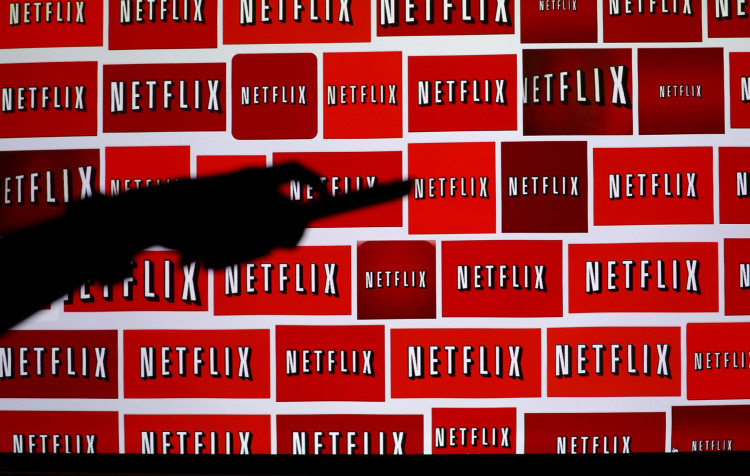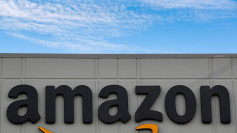The break that Netflix needed is just isn't there. The company's shares in the online streaming video market have fallen for the week by almost 3 percent, despite initially moving up higher after reporting conflicting financial results for the third quarter.
The video streaming giant's third-quarter results produced a number of interesting developments- both positive and negative.
On the positive side, as well as excellent quarterly results, it was a rather good one. The drawbacks are their free cash flow drain will not drop anytime soon, and the net acquisitions for U.S. subscriptions would slow down.
The stock should be stopped together with an inventory already priced in the region of the nosebleed.
Chief executive officer Reed Hastings gained full control of the narrative by consistently saying that Netflix had clashed against Amazon, YouTube and others for more than a decade.
Netflix has been planning for "a long time for this new wave of rivalry." However, while its top-line came in with a strong sales increase of 31 million, what really stuck out in the third quarter was its non-GAAP earnings per share beat from $0.43 to $1.48.
Looking forward to the fourth quarter, the company's 31 percent sales forecast fully confirms the language of Hastings. With Disney+ and Apple TV+ heading into the fourth quarter fray, Netflix is not only striving for reliability, but Hasting is looking "forward to blast the numbers up."
Netflix is joining Q4's "streaming fight" arena with an incredibly strong movie lineup to remain relevant in the eyes of users, mindful that audiences consider movies interesting and are used to charging for them.
Netflix delayed its marketing spending by pushing it out from Q3 2019 to Q4 2019 in order to support this initiative and dampen the launch of the service of its competitors.
On the negative side, U.S. net additions are starting to come at a slower pace. Is it a role in the competition? Or is the exhaustion of the U.S. market? Hasting was swift to shake off any of these claims, telling the investment community that more than one subscription service is available.
Therefore, Netflix proclaims that it is less concerned about a rivalry than with portraying itself as the online "must-have."
Nonetheless, for Q4 2019, U.S. subscriptions are expected to bring in approximately 32 percent of the contribution margin, while only 11 percent of the contribution margin is generated by foreign subscribers.
This ensures that every U.S. customer is three times as much as a foreign user. In fact, Hasting admitted that Netflix's U.S. customer retention may have been marginally higher since Netflix improved the prices this year, increasing the overall feeling that expanding the U.S. subscriber base was going to be difficult.
Netflix would run through more free cash flow for Q4 2019 than it has consumed through its nine months of trailing. And it doesn't seem obvious that for several more years Netflix will break even on free cash flow.






